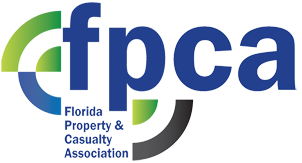By Krista S. Kovalcin, FPCA Legal Team
On December 11, 2009, the Internal Revenue Service (“IRS”) issued two identical Private Letter Rulings (PLRs) in 200950016 and 200950017. The PLRs each held that, where there was risk shifting and risk distribution present in an arrangement involving a domestic captive reinsurer that was solely in the business of reinsuring risks pursuant to a quota share reinsurance arrangement with another reinsurer, the arrangement constituted “insurance” for federal income tax purposes.
The facts pertinent to both PLRs involved the formation of a domestic captive reinsurance company (the “Company”) by a several individuals (“Individuals”). The Individuals owned various other entities, and those other entities owned several other franchises within a single industry. Ultimately, the Company reinsured certain risks of two groups of entitles -unrelated entities and related entities. The unrelated entities were just that; unrelated to the Company. However, the related entities were owned by the shareholder of Company. In essence, the fronting insurer retained some of the risk, and reinsured a portion thereof with unrelated Reinsurer A. Reinsurer A, in turn, retained a portion of the risk and reinsured a portion thereof with Reinsurer B. Reinsurer B is a foreign segregated cell insurance company that provides quota share reinsurance to the Company, and other entities related to the Company, covering the entire layer of risks ceded by Reinsurer A.
Applying the seminal case of Helvering v. LeGierse, 312 U.S. 531 (1941) -the United States Supreme Court decision that held both “risk shifting and risk distribution must be present” in an arrangement in order for such arrangement to constitute insurance for federal income tax purposes- the IRS ultimately concluded that the quota share reinsurance arrangements in question qualified as “insurance” for federal income tax purposes.


Leave A Comment